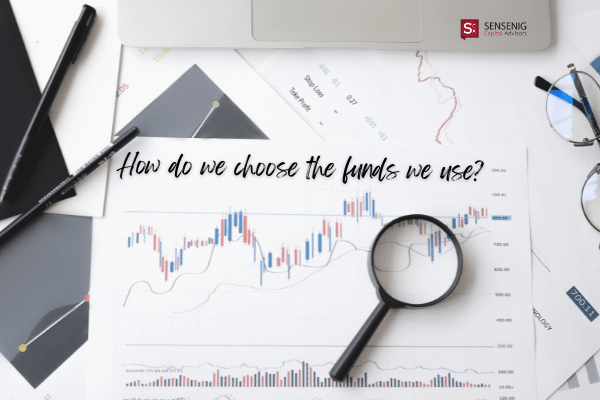 Australia’s champion racehorse Black Caviar is unbeaten over twenty-one races. Think of her as a growth stock with four legs.
Australia’s champion racehorse Black Caviar is unbeaten over twenty-one races. Think of her as a growth stock with four legs.
With a brilliant bloodline and a huge fan base—she even has her own Facebook page—Black Caviar is turning into the most popular racehorse since the legendary Phar Lap.
Owners of the five-year-old mare have now set their sights on Britain’s premier racing event at Royal Ascot in June.
But unless you own part of Black Caviar, you’re unlikely to make much money from placing a bet on her fortunes. “The Wonder from Downunder,” as she is known, pays close to even odds with bookmakers.
That’s the problem with (perceived) no-risk bets. The high probability of a win means your expected return is very low.
It’s reminiscent of the equity market. You can choose to buy highly priced growth stocks, the sort of companies in the newspaper every day. In the US, that might be internet retailer Amazon; in Australia, the miner Fortescue Metals.
In the five years from the end of April 2007 to the end of April 2012, Amazon has delivered a total return of nearly 280%, or more than 30% annualized. In the same period, the S&P 500 has had a total return of 5%, or 1% annualized.
According to Bloomberg, Amazon as of mid-May 2012 was trading at an actual price-to-earnings ratio of 185. In other words, it was offering an earnings yield of about 0.5%, which is even less than a five-year US Treasury note.
Now, this is not to say that Amazon is incorrectly priced. It just means that, with the information at hand, investors are prepared to put a high price on its expected cash flows. In other words, they are prepared to accept a lower expected return for the perceived lower risk of owning a stock that is growing faster than the wider market.
This is similar to how gamblers in aggregate are prepared to accept a much lower return than the wider field for the perceived lower risk of putting their money on Black Caviar.
So why not back the favorite all day? Well, that could be a legitimate decision for some investors, if they are prepared to accept lower expected returns for lower risk.
On the other hand, there is strong academic evidence that there is a long-term premium for tilting your portfolio to lower-priced “value” stocks. You could think of these as the unknown or unfancied horses—the ones with the wider odds.
This is not to equate long-term investment with gambling. With the latter, the “house” always wins in the end. It is a zero-sum game. With the former, just because one investor wins does not mean another has to lose.
The other distinction is that, unlike the racetrack, there is more than one winner on the stock market. It is just a question of how much risk you wish to take. Backing past winners means you forgo the chance of earning a bigger dividend on the outsiders.
And keep in mind that even if you put it all on the stock market equivalent of Black Caviar, there is still no guarantee you will be rewarded. Even champion racehorses eventually lose. And by concentrating your bet, you leave yourself more exposed to specific risks related to that one entity.
With long-term investment, you are better to spread your risk through diversification. Backing the entire field—or sections of the field—leaves you less prone to the risk associated with individual runners.
Even better, you might want to buy shares in the company operating the racetrack. At least that way, you are assured of a share of the winnings.
Ultimately, a great company or champion racehorse is one thing. A great investment is another. Black Caviar comes at a cost.
About the Author:
Jim Parker is a Vice President with Dimensional Fund Advisors and has twenty-five years experience in the field of journalism, most recently as a senior editor and financial markets writer with the Australian Financial Review. Jim holds an economic history degree from Deakin University and a journalism degree from Auckland Technical Institute.



